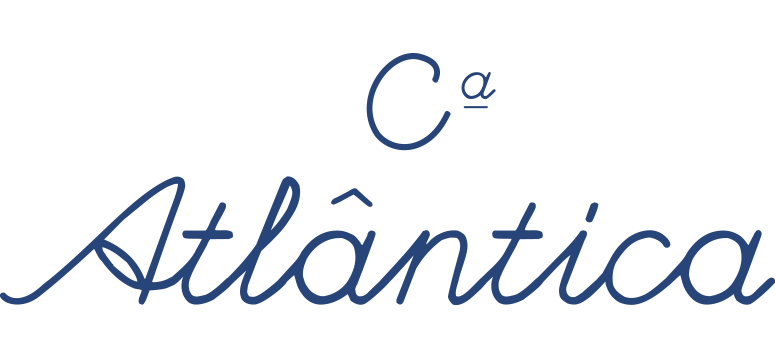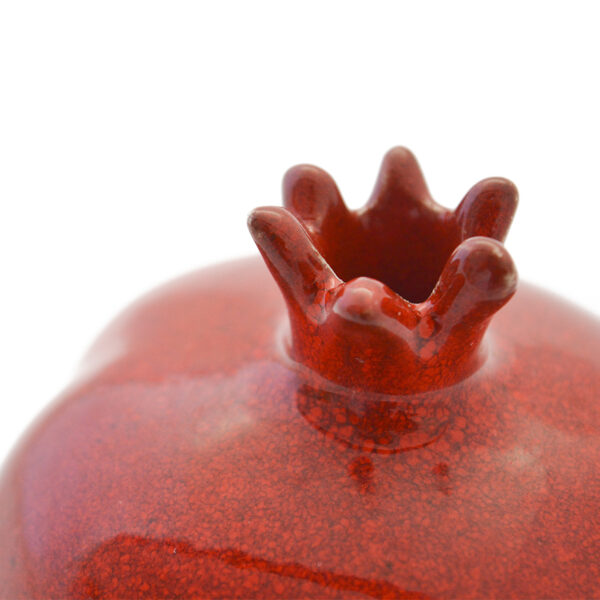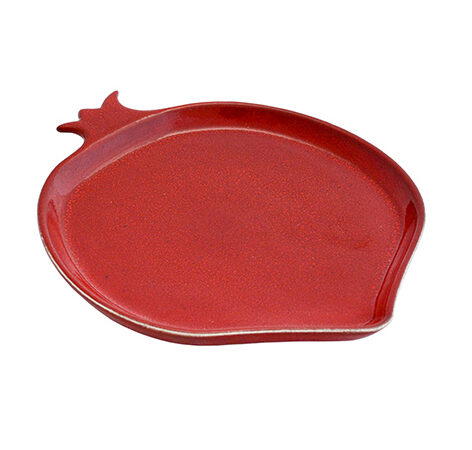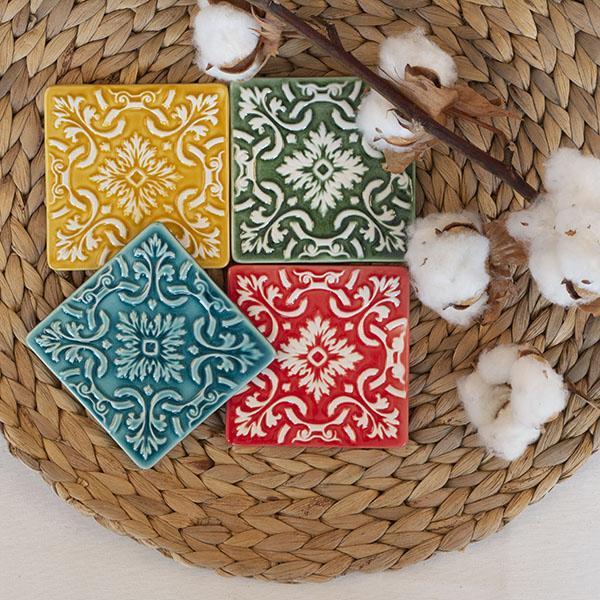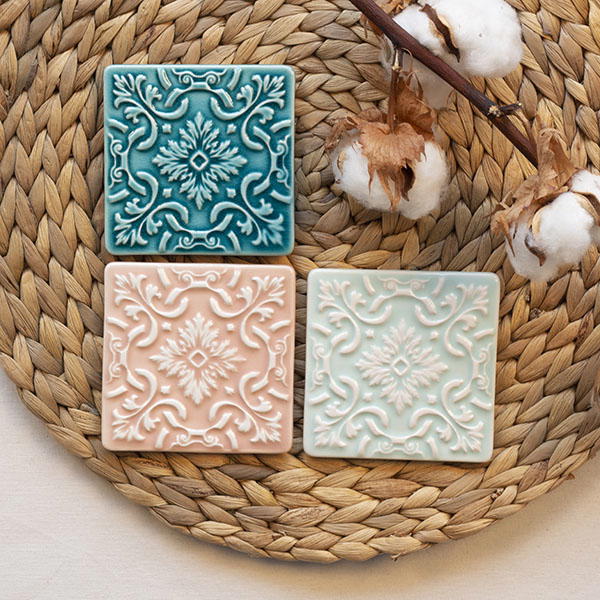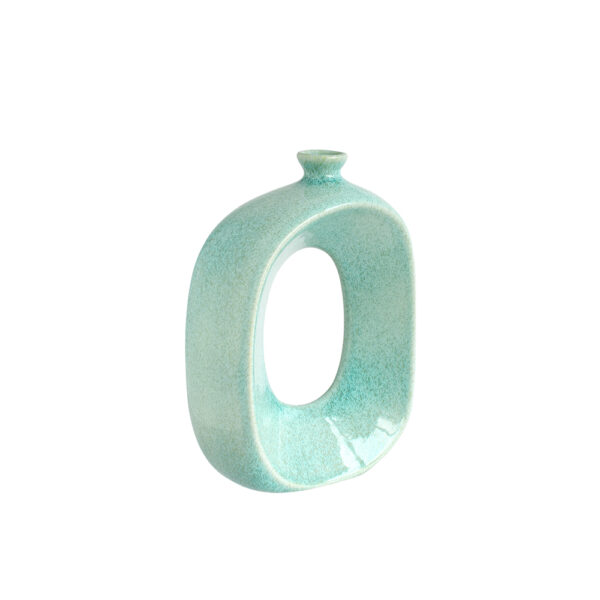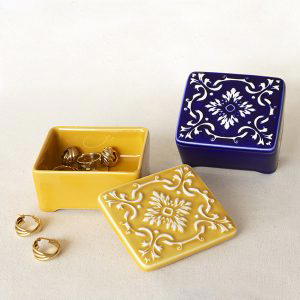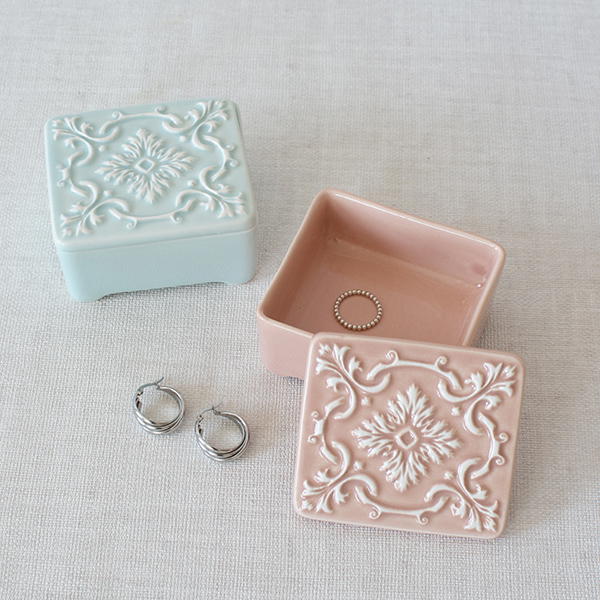What is the difference between Stoneware, Earthenware and Porcelain ceramics?
Choosing your tableware can be a challenge, due to the variety of ceramics available on the market: porcelain, stoneware or earthenware. Knowing about the available materials helps you choose the right utensils, according to your lifestyle and the design of your kitchen.
The word “Keramos” ceramics means scorched earth or scorched clay, the art of producing utilitarian or decorative objects, using the base raw material, clay.
Result of numerous geological formations, there are clays of different chemical compositions and they present different aspects. Different clay bases, different combinations.
Most of it is not ready to be worked, so it is prepared with other raw materials, such as kaolin, feldspar or sand, according to the desired final result. The different combinations give rise to very different end products.
Porcelain
It is a variety of hard and resistant ceramics, made with raw materials with high levels of purity (such as high quality white clay, quartz, kaolin and feldspar). It receives two firings: the first at 850°C and the second, above 1300°C, which gives it its white color.
Porcelain is the most used material in serving dishes and the most common in homes, restaurants and hotels.
Earthenware
The origin of the name earthenware or faience comes from the Italian city Faenza, and it is a type of white ceramic just like porcelain. It takes kaolin and other components in its composition, which gives rise to a less pure material than porcelain. It is a more plastic material and has a raw gray color that whitens during cooking.
It does not need such high temperatures for its manufacture, ranging from 1050° to 1150°C degrees. As it is a very porous material, it must go through an enameling process to make a piece waterproof and more resistant. Enamel or varnishes are then applied, and a second firing is carried out, with a temperature lower than the first firing, of approximately 850ºC.
One of the main advantages of earthenware is the wide possibility of decorating the pieces, which can be painted or metallic, with a variety of textures and vibrant colors.
The raw materials that make up earthenware are abundant in Portugal, which is why it is a traditional product that can be seen on the tables and walls (in the form of tiles) of Portuguese houses since the 19th century.
Companhia Atlântica presents decorative and utilitarian items in faience, such as coasters, hotplates, airtight pots, decorative fruits, decorative magnets, jewelry boxes and vases. A variety of textures and colors that invite you to complement your decor and create a differentiated environment.
Coasters
Decoration
Stoneware
Stoneware is made with unrefined clay and has a more sandy texture than the clay from which porcelain is made, as it contains more sand in its composition. This is a ceramic product made from fine-grained clay, a plastic, low-porosity, sedimentary and refractory paste that withstands high temperatures. Among the minerals that constitute it are kaolinite, mica and quartz. Feldspar acts as a fluxing material.
It burns at high temperatures, between 1,100 and 1,300º C., until the consistency of glass, a process called vitrification. It can be finished in vibrant colors with a variety of enamel textures such as gloss, satin or matte.
The result is a robust and splinter-resistant material, suitable for tableware, cooking, baking or storing liquids. It can go in the microwave, dishwasher, oven and freezer. It should not be exposed to sudden or extreme temperature changes.
At Companhia Atlântica you can find stoneware serving dishes such as plates, bowls, platters, salad bowls, pitchers, glasses, mugs, cups and cruets, in a variety of shapes and colors. Make your own table set or opt for our complete Portuguese tableware dinner services for sure!
Our brand is characterized by being a modern ceramic in design and traditional in manufacturing. The articles are developed from the best natural resources available in Portugal, in partnership with artisans who have secular knowledge.
100% Made in Portugal!
